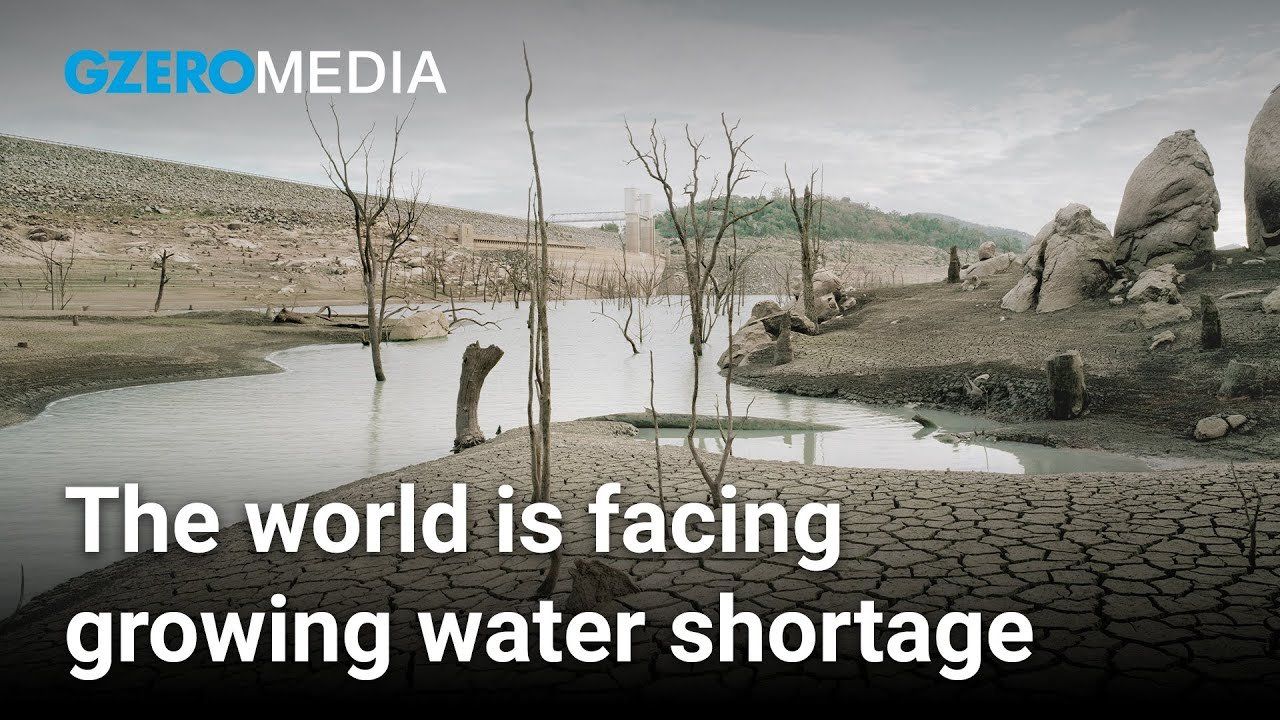Over 70% of the Earth's surface is covered in water, but less than 0.02% is fresh water in lakes and rivers. An even smaller fraction of that fresh surface water is safe for humans to consume and farm. Still, according to Brian Richter, President of Sustainable Waters, humans are drawing too heavily on those resources without allowing replenishment.
What's worse, climate change is threatening to exacerbate the problem by drying out some already overstressed water sources, like the Colorado river.
"By the year 2050, we could have between 20 and 30% less water in that river system because of climate warming," he said during a GZERO Live event organized by the Sustainability Leaders Council, a partnership between Eurasia Group, GZERO Media, and Suntory. Watch what he says to find out why he's still hopeful humans will adapt.
Watch the full livestream conversation: The global water crisis and the path to a sustainable future
- COP28’s challenge: growing problems, shrinking credibility ›
- The global water crisis and the path to a sustainable future - GZERO ... ›
- Water will become very political in 2023, says Eurasia Group analyst ›
- The uncomfortable truth about water scarcity ›
- Will the world come to grips with its water crisis in 2023? ›
- Water scarcity can sink a city, says expert Tanvi Nagpal - GZERO Media ›
More For You
At the start of the 21st century, Destiny’s Child was atop the US charts, “Google” was a little known search website with a weird name, and two things happened that would shape the world we live in today.
Most Popular
Think you know what's going on around the world? Here's your chance to prove it.
Sports inspire greatness, determination, and resilience — both on and off the field. Bank of America is proud to celebrate the achievements of and uplift communities through the power of sports. Learn more about how Bank of America supports athletes in life and in the game.
